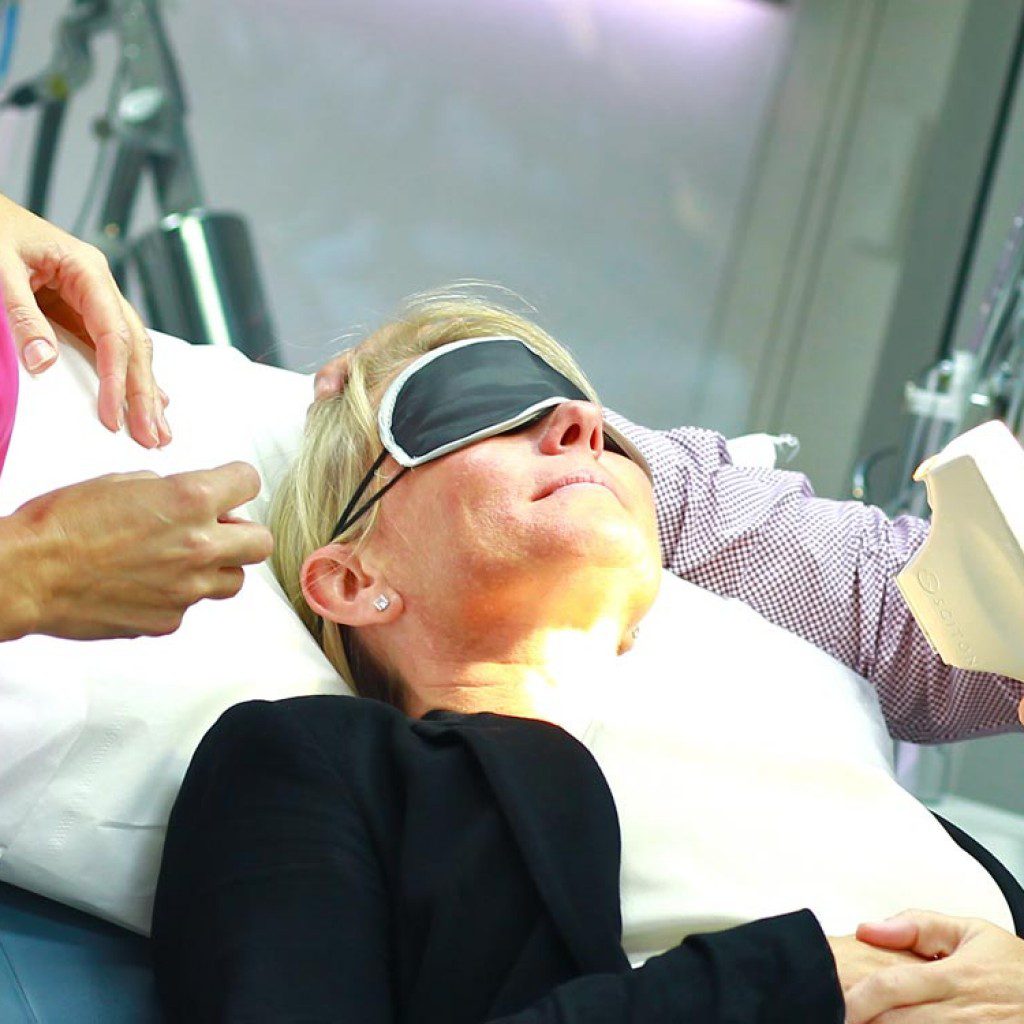Local treatments with Cryotherapy
Treatment of superficial benign and pre-malignant skin lesions. General practitioners should be comfortable treating simple lesions with this modality. More complex, larger lesions should be referred; cryotherapy is no longer routinely used to treat invasive skin cancers.
It works by the deliberate rapid freezing of tissue which creates an acute injury [analogous to frostbite] and subsequent inflammation that is destructive. Extracellular, then intracellular, ice formation leads to fluid shifts, cell membrane fracture and organelle damage. Cold stimulus also leads to vasoconstriction, endothelial damage and microthrombi formation with the ensuing ischaemic necrosis occurring over subsequent hours. The resulting injury leads to cell death, inflammation, and blister formation- destroying the target lesion. Healing occurs over 1-2 weeks.
Liquid nitrogen [LN2, -196oC] is the most commonly used cryogen, with other historically being carbon dioxide, nitrous oxide and fluorocarbon liquids. The most efficient delivery method is by spray device. The nozzle size is determined by practitioner preference, given the size and duration of freeze required, eg with the Brymill Cryac unit- the B or C nozzle. The nozzle is held less than 1cm from the target, and the LN2 is released to maintain an ice field that encompasses the lesion and 1-2mm beyond. Imagine creating a hemisphere of frozen tissue underneath the skin, with the target lesion being within. The spray gun is activated lightly and intermittently to maintain the ice field/hemisphere for the desired timing. The ice field can be palpated between the thumb and index finger to ensure an adequate freeze.

- Cryotherapy is an easily accessible treatment modality all general practitioners should be familiar with
- The spray method is the most convenient and accurate method of liquid nitrogen delivery
- The ‘Freeze-Thaw Cycle’ paradigm is the standard of dosimetry
- Dressings are not required in most cases; petrolatum and an adhesive strip dressing is reasonable if desired.
The ‘Spot Freeze’ technique is the common standard of determining cryogen dose delivery. Different lesions require different durations of the ‘Freeze-Thaw’ cycle. LN2 is applied until the desired field is frozen, only then does the timing start. The lesion is kept frozen for the duration intended, by the intermittent spraying of cryogen. Though the thawing process is part of the mechanism of treatment, it is not included in calculating the duration of the freeze.
Typical Cryotherapy Treatments
| Lesion | Margin | Duration |
| Freckles | Minimal | Light frosting |
| Lentigines | Minimal | Light frosting |
| Seborrhoeic keratosis | 1mm | Ice formation only |
| Verruca | Minimal | 30+s |
| Molluscum | Minimal | 10s |
| Skin tags | 1mm | 10s |
| Actinic keratoses | 1mm | 10s |
| Bowen’s disease | 2mm | 30s |
The freeze itself is painful; treated areas swell and throb for a few hours afterwards. A blister typically forms overnight. Most lesions do not require aftercare, however petrolatum and a simple non-adhesive dressing may hasten reepithelialisation. The eschar lifts after 1-2 weeks leaving a pink area that will fade to a pale spot. Note that treatment on legs is risky, leading to prolonged healing.
Complications are rare with simple and short freezes, and include: subcutaneous emphysema, temporary hyperpigmentation, permanent hypopigmentation, infection, haemorrhage, scarring, alopecia, atrophy and contraction of free margins.





